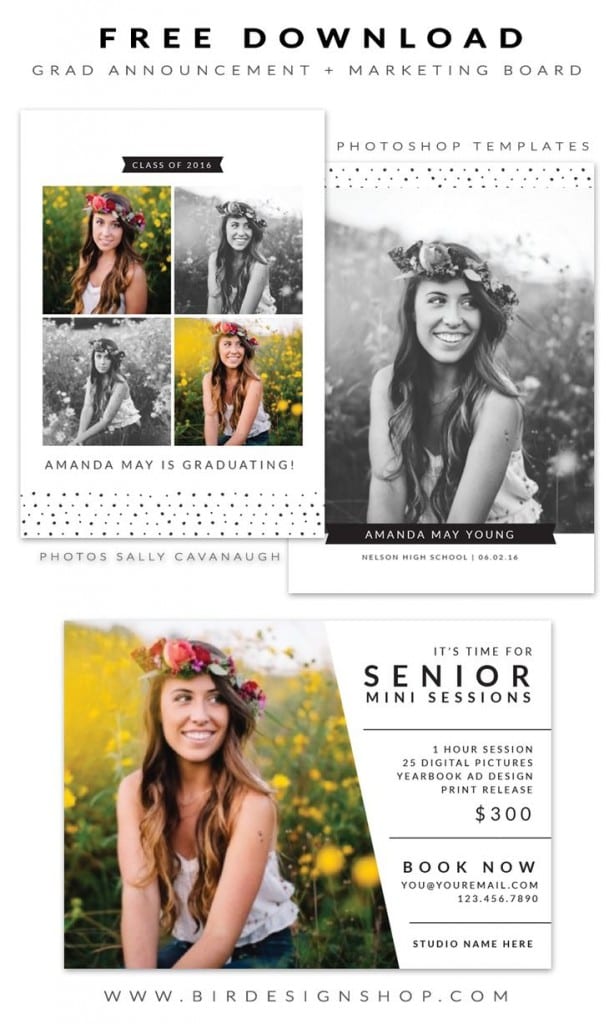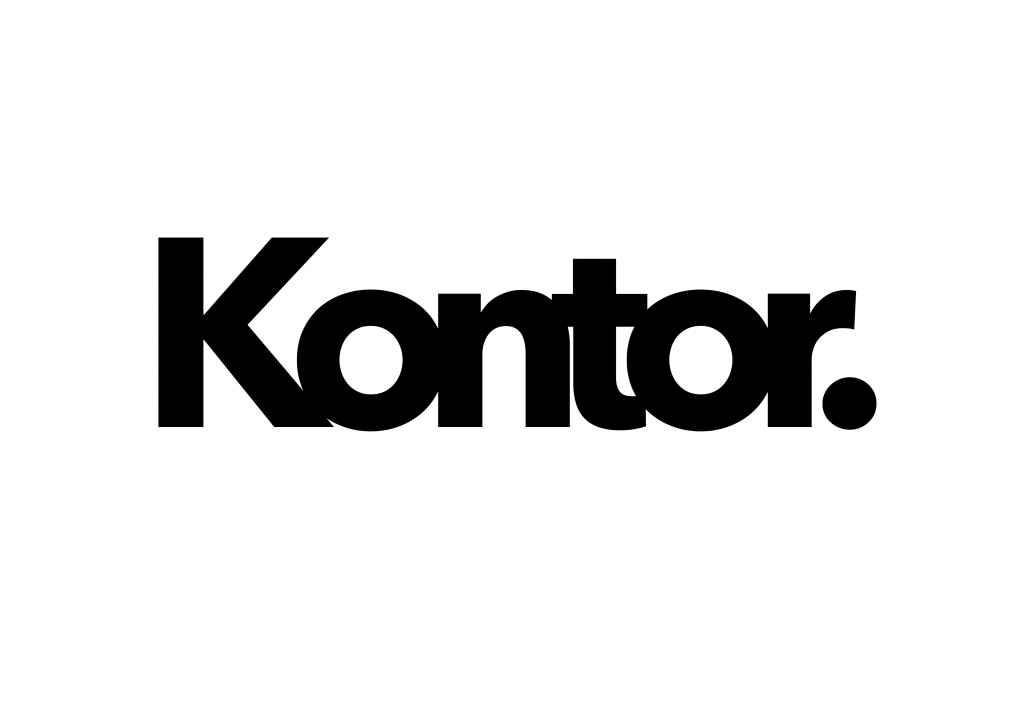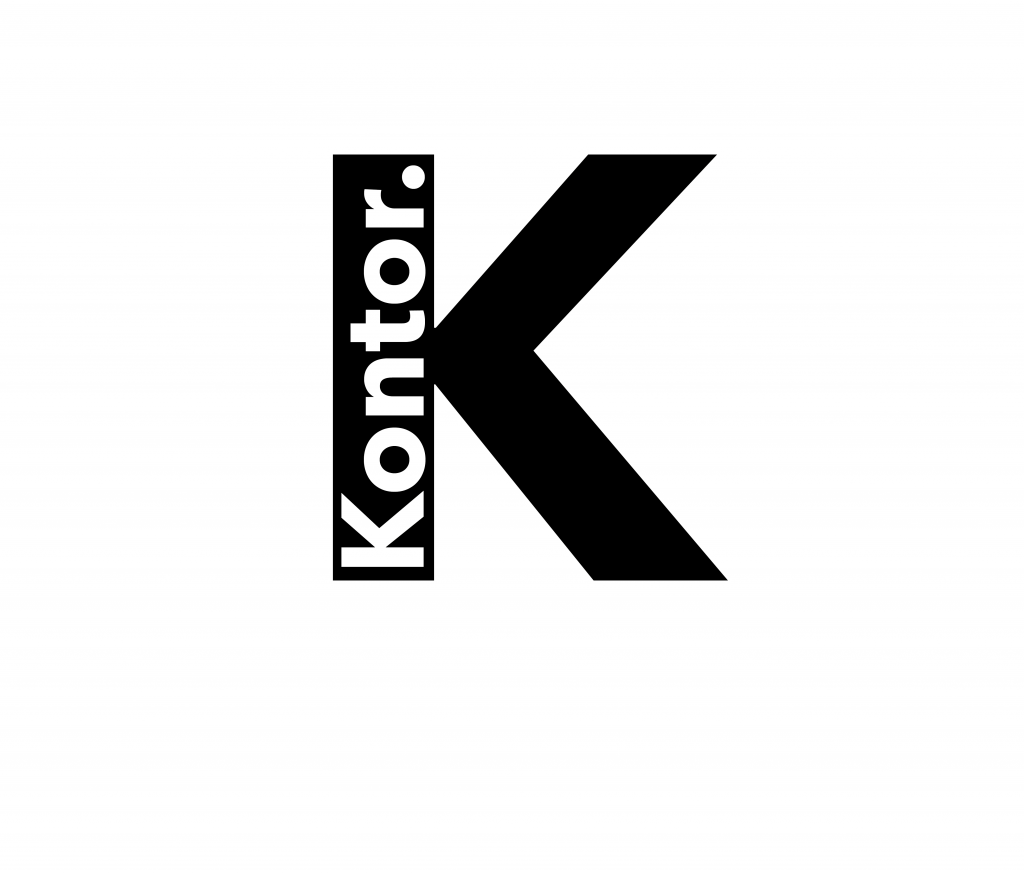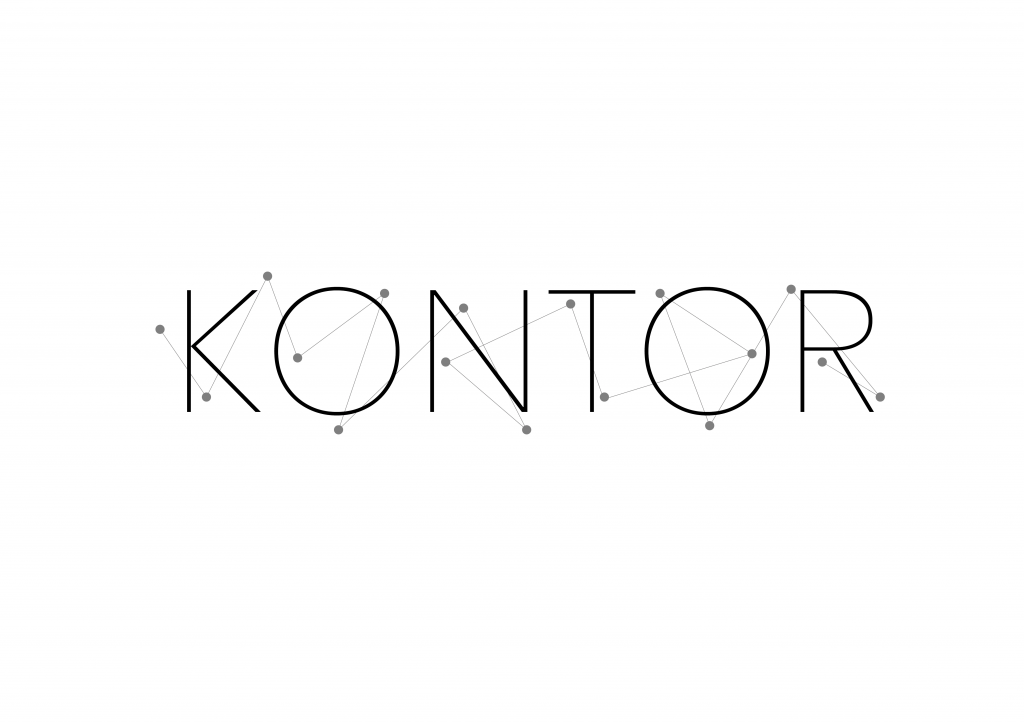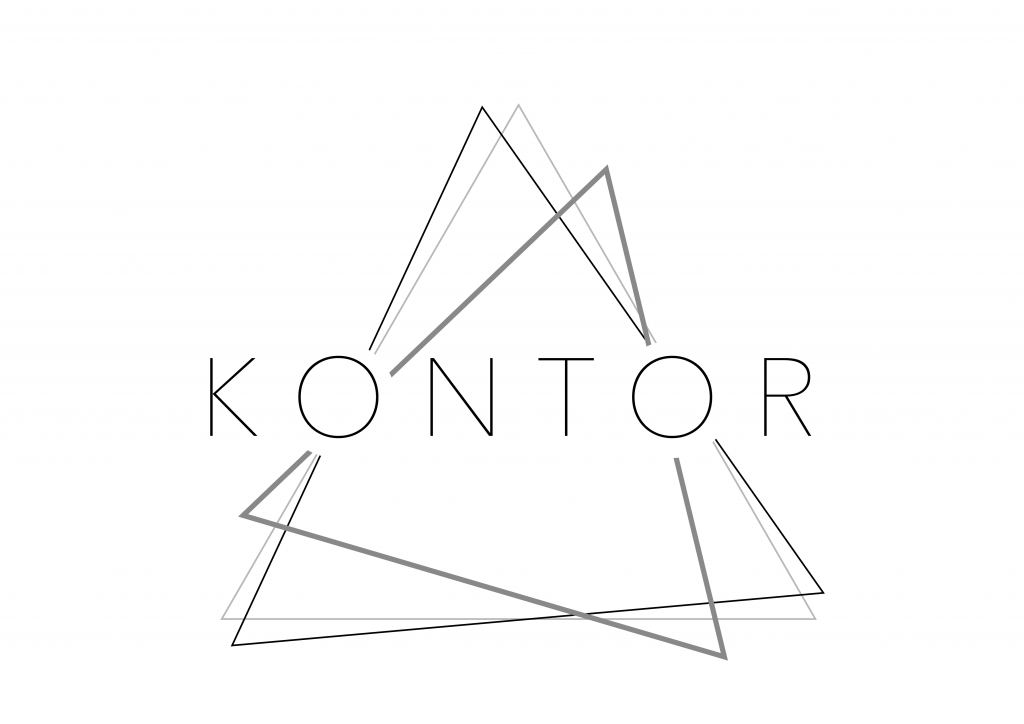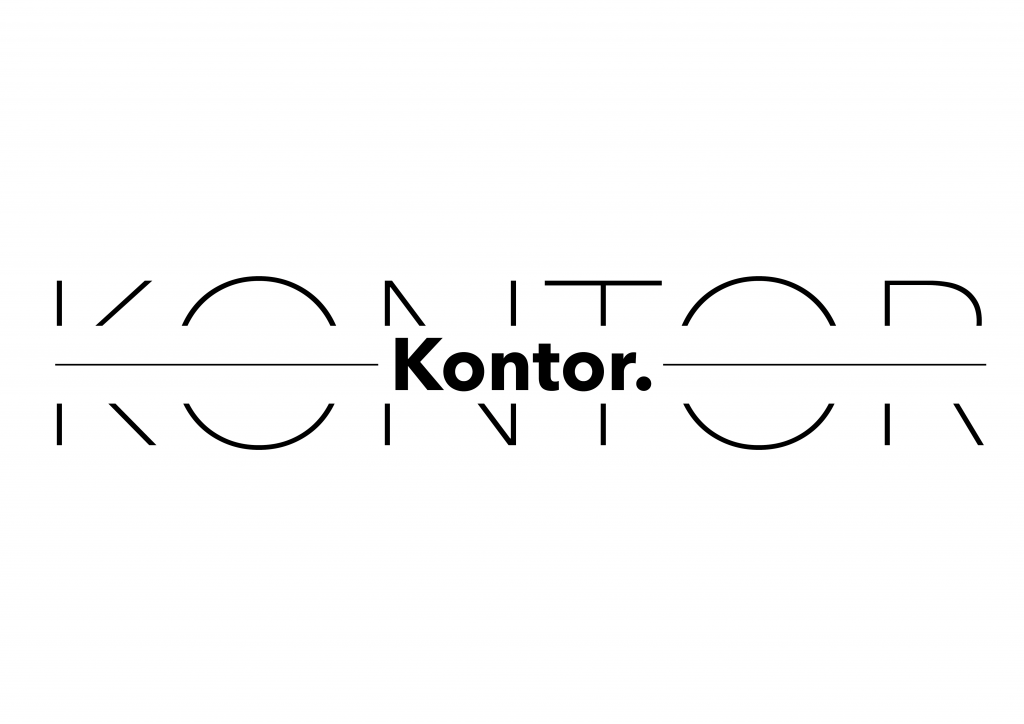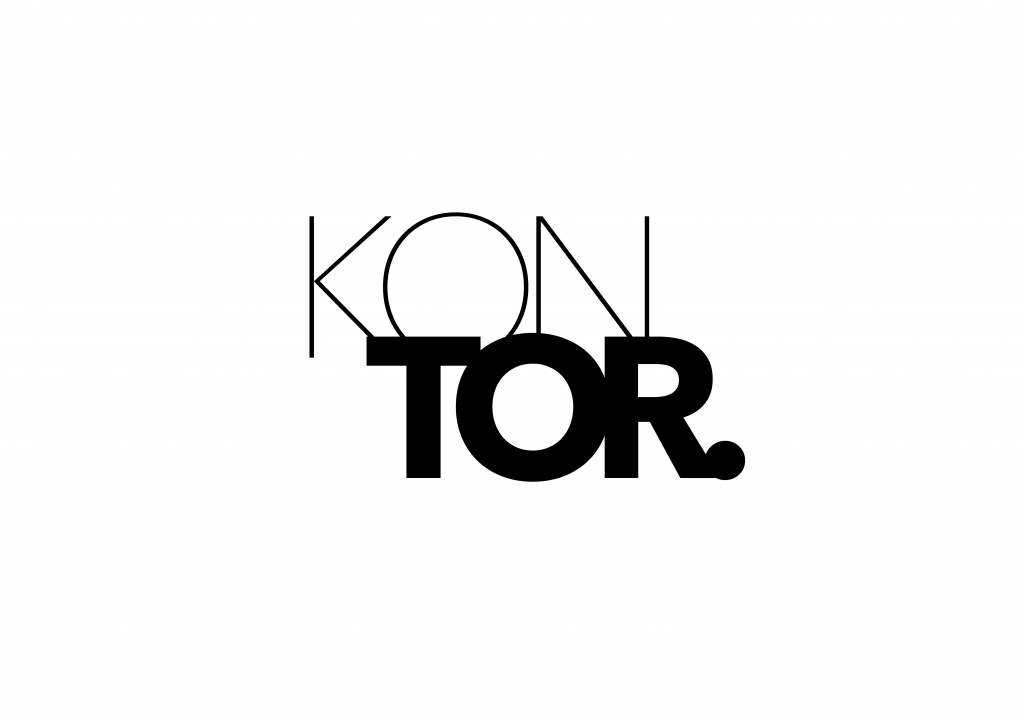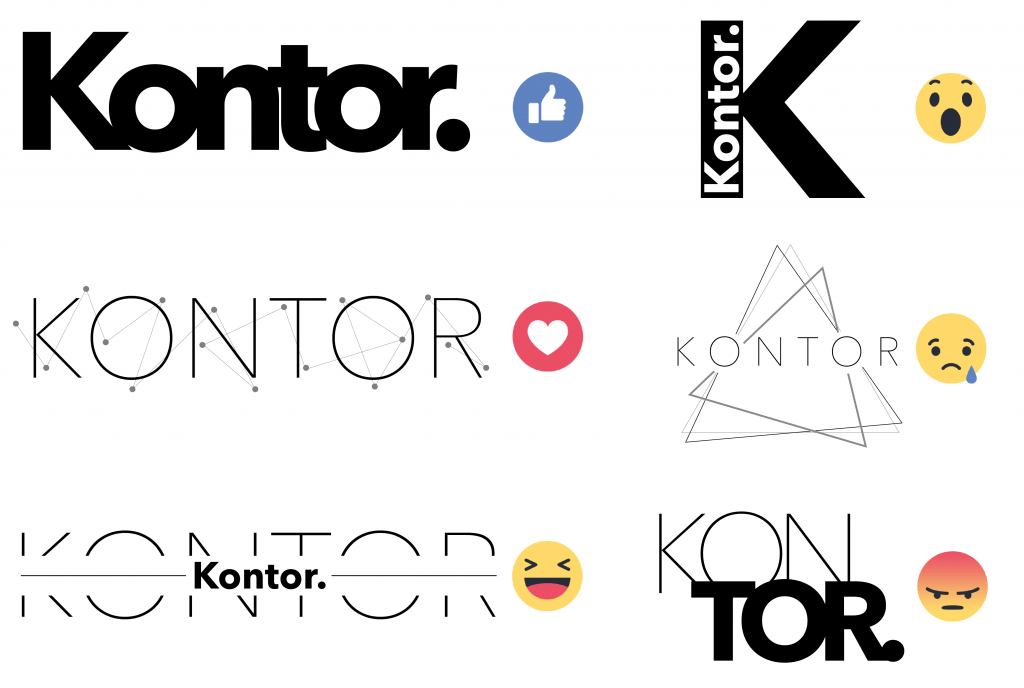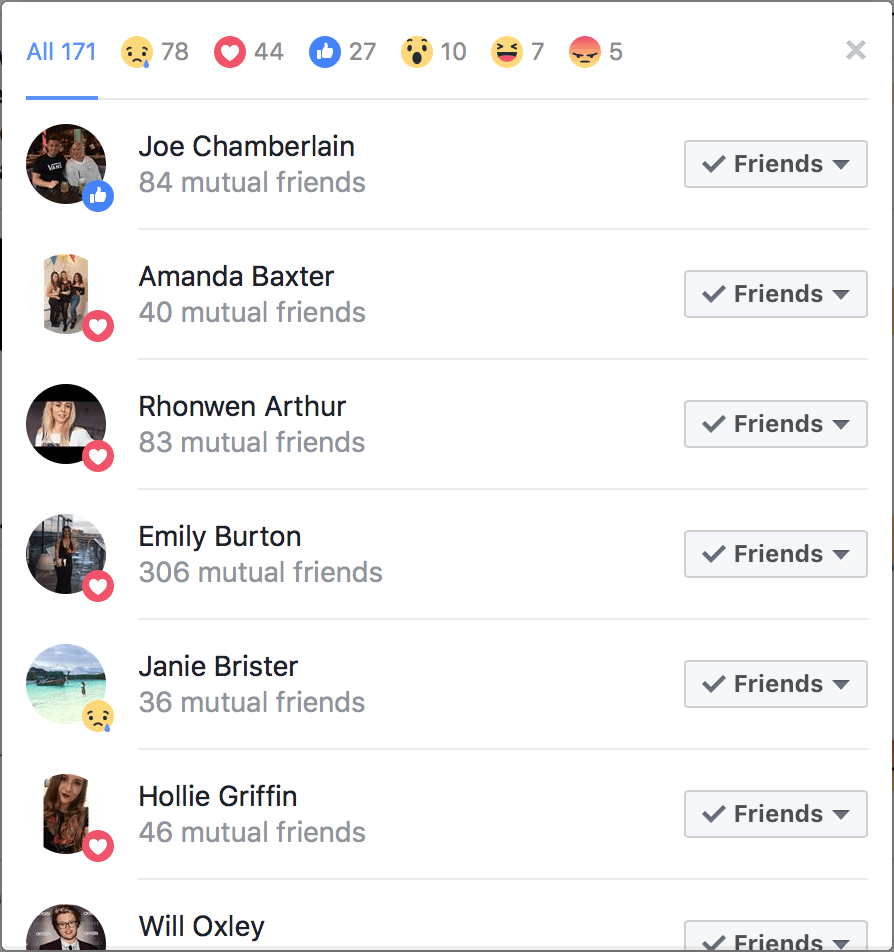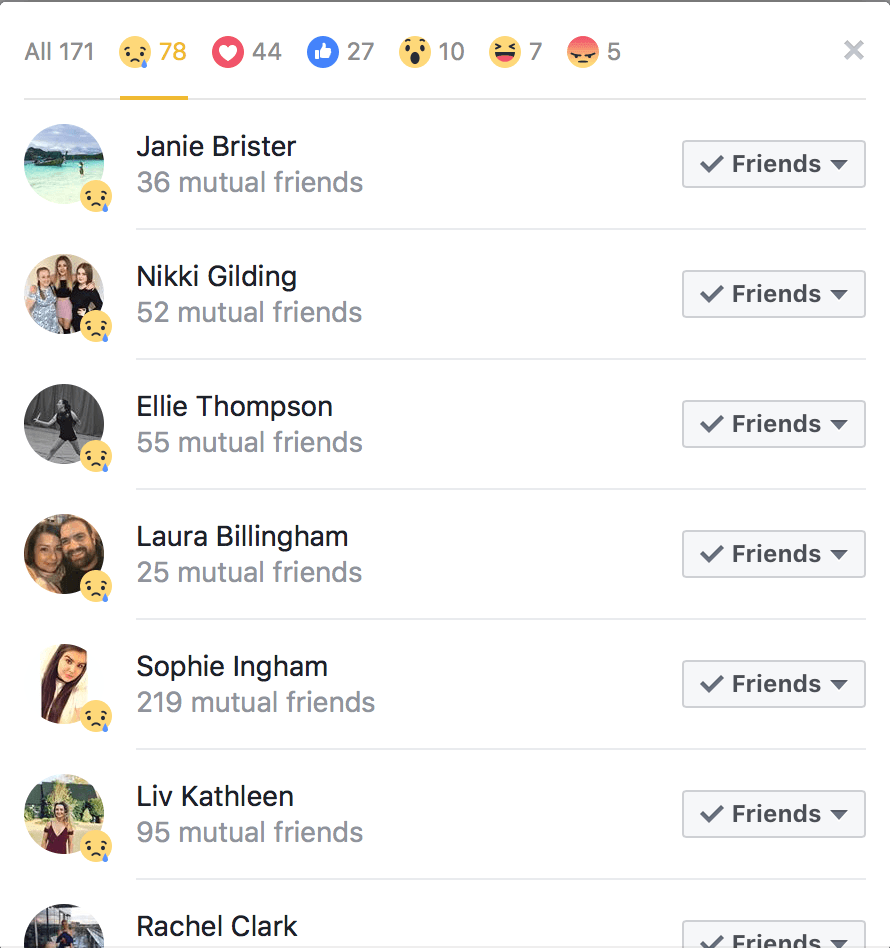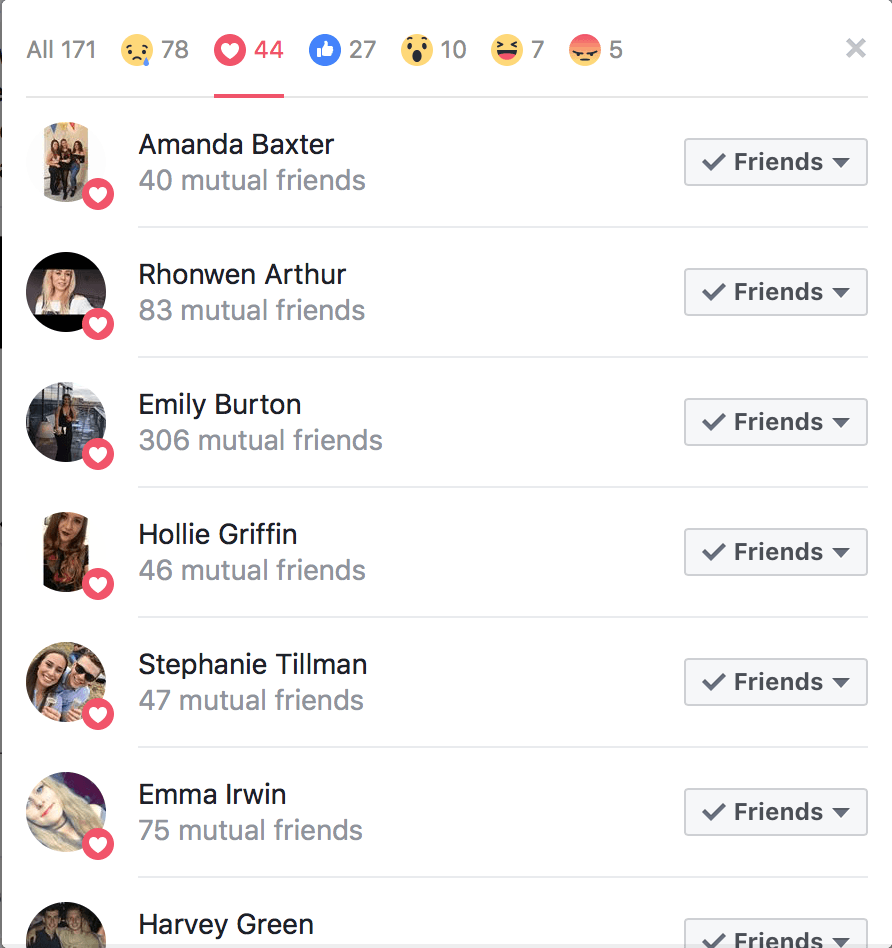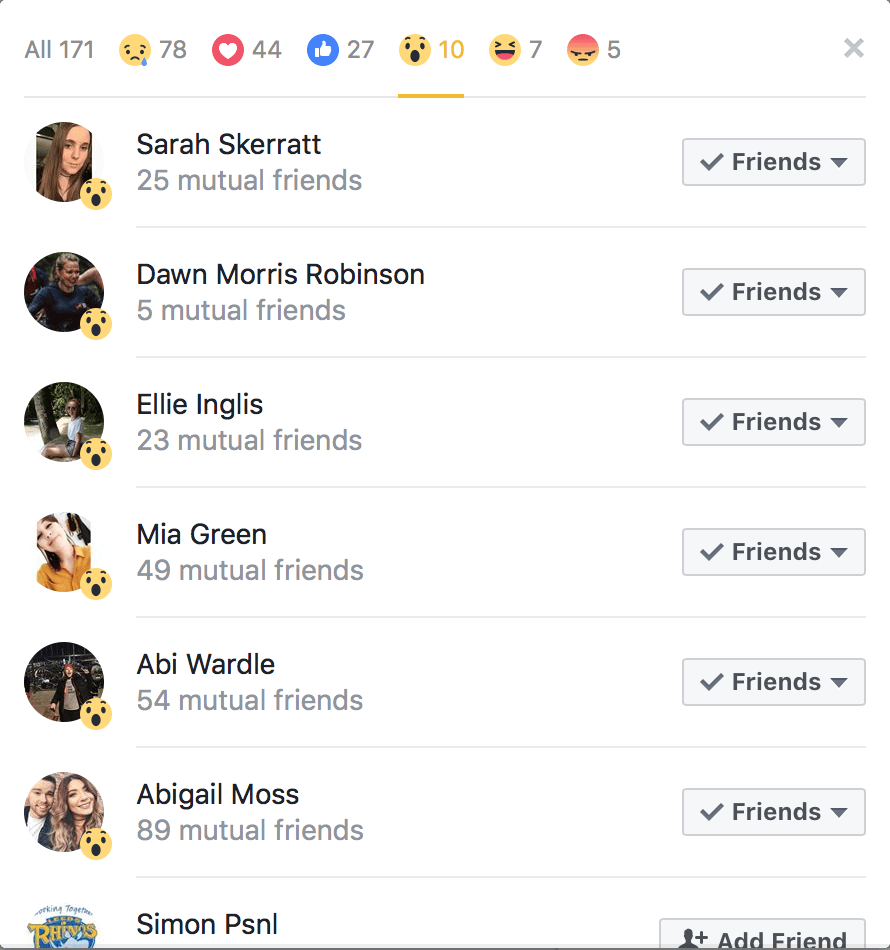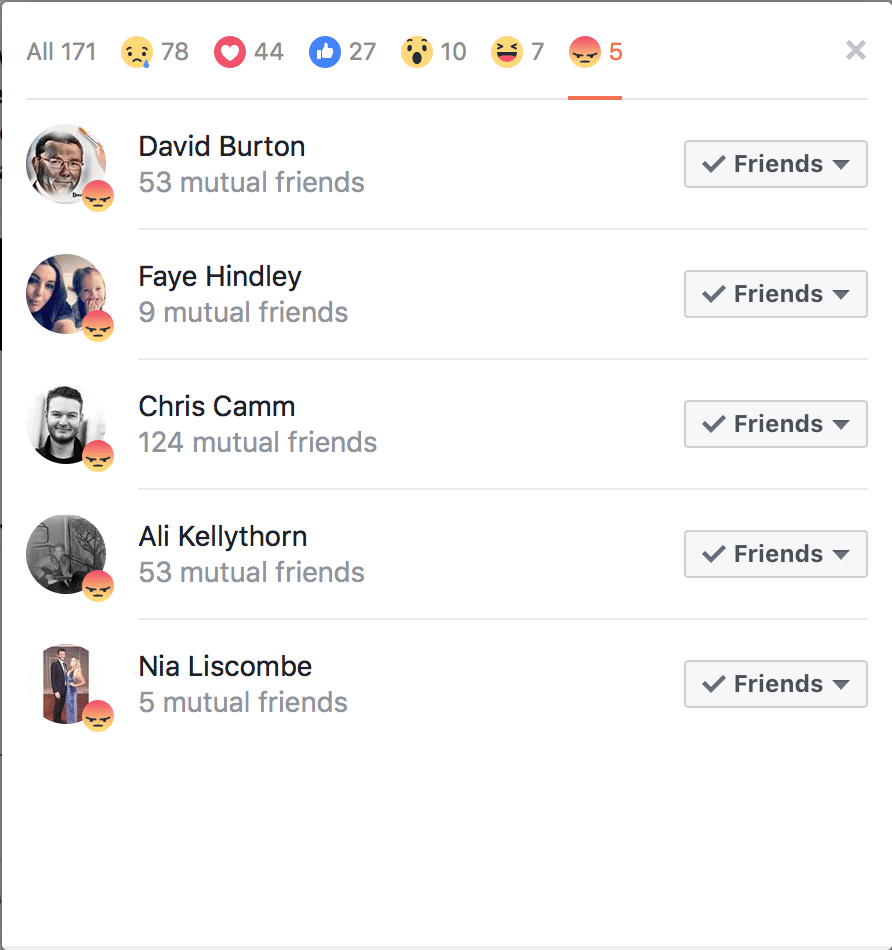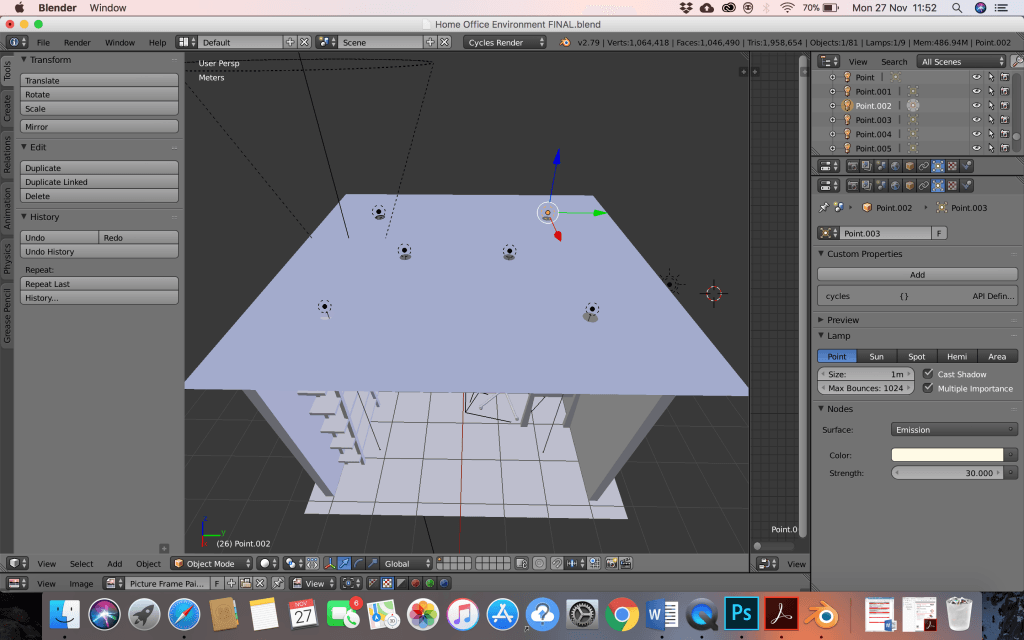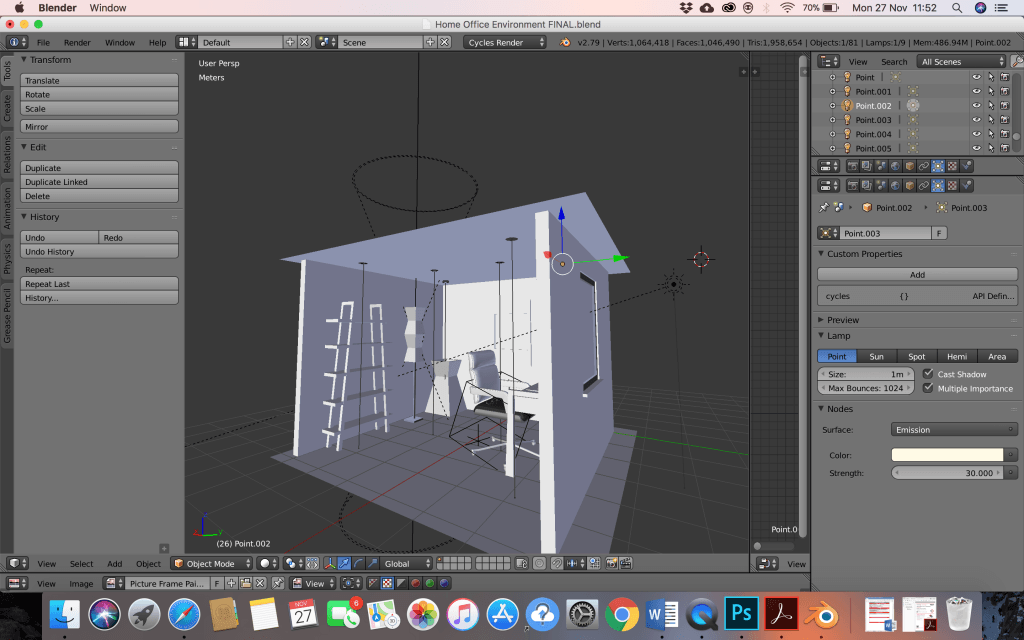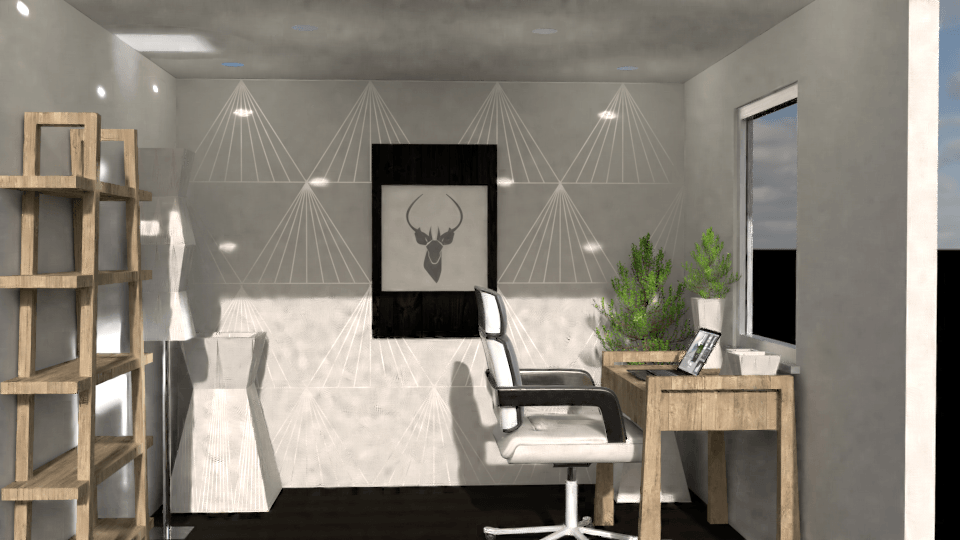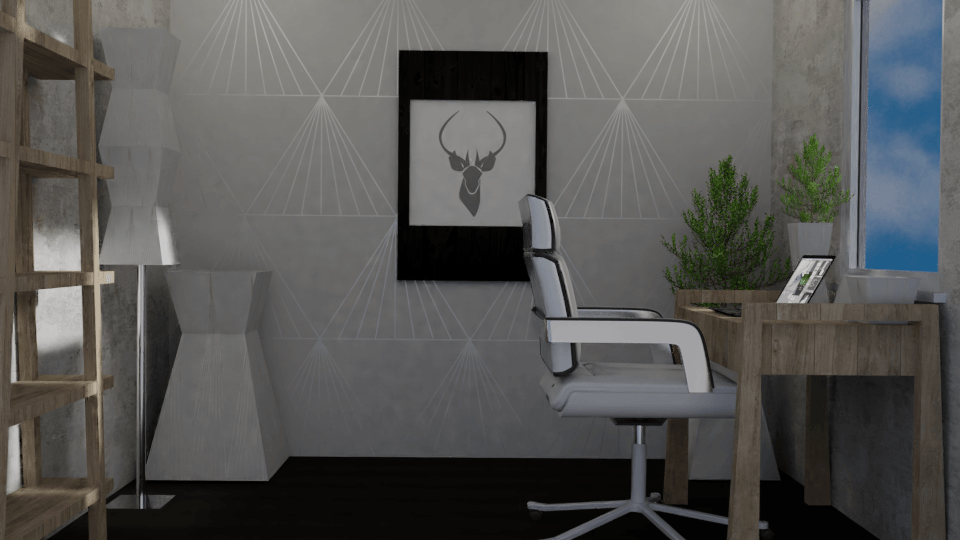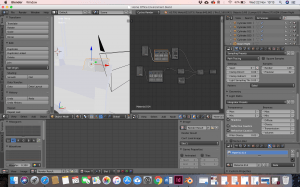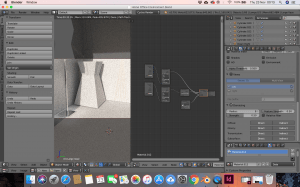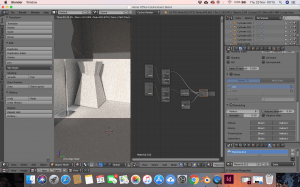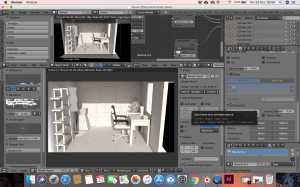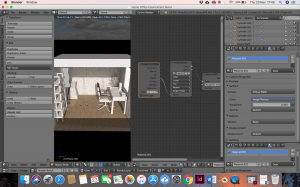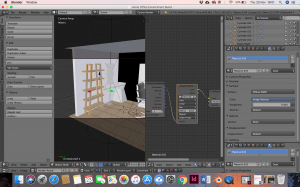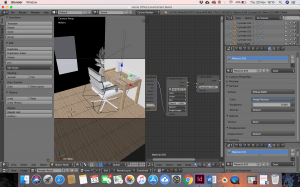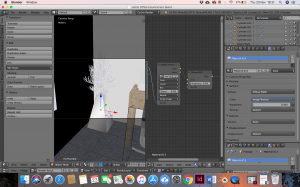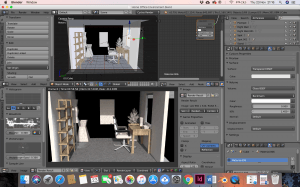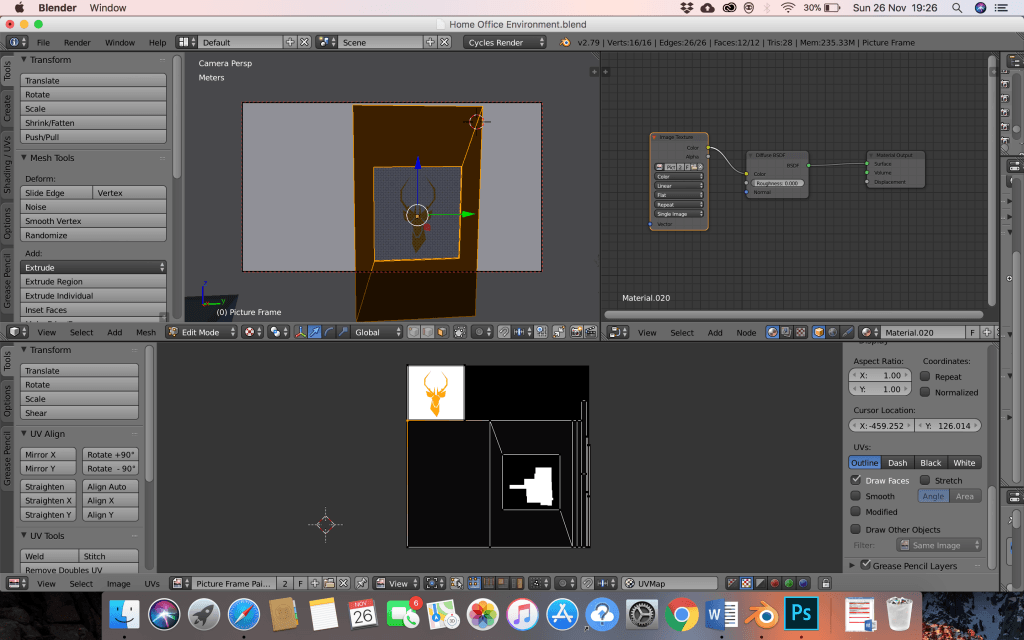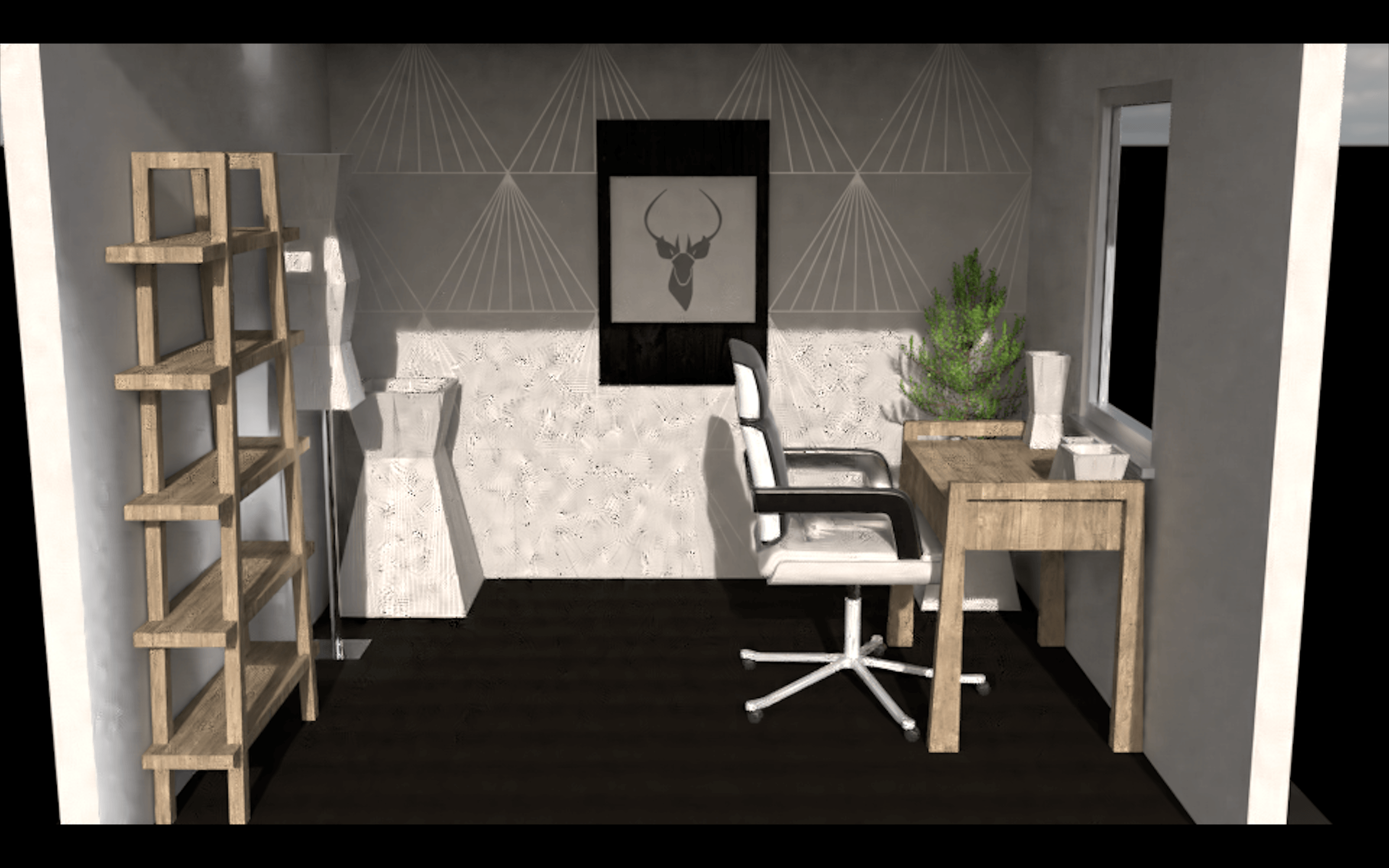When the Kontor collection is complete, I wish to market it aesthetically and photographically in terms of the various platforms and features it will be on.
Here are some examples of branding design templates/ creative portfolios:
As you can see, they all differ creatively and aesthetically. The branding design templates are useful as they offer continuity and enhances the brand name and image. Furthermore, they show consumers the variety of media the company cater for, therefore illustrating a more professional an accessible business. The creative portfolios offer similar attributes, however deliver less media in a more creative and unique way. The creative portfolios are not necessarily about each individual product the business offers, however, use aesthetically pleasing modern design techniques to catch the audience’s eye.
The branding design template above is the main inspiration and influence as to how I will present the Kontor brand to enhance recognition so the audience/ consumers will familiarise and therefore gain a wider interest in the products for the home office. It offers a classy yet professional outlook on the brand and advertises in an aesthetic design manor. The use of grids and spacing conveys the attractiveness of the brand and therefore enhances the professionalism and quality of the product of service. All the forms above (letters, business cards, pencils, phone, CD, tablet and notepad) are items that you would find in a home office, therefore it is plausible to use these products when creating my own branding design template. As well as populating the consumers with a strong brand image, is it also relating to the products Kontor offers.


